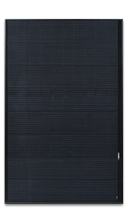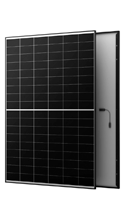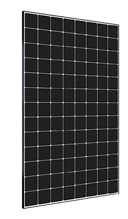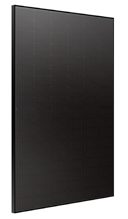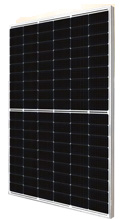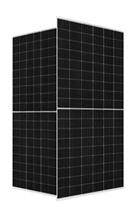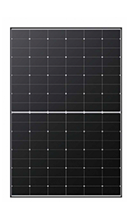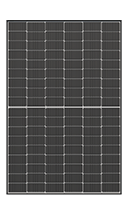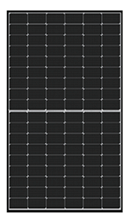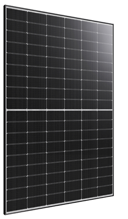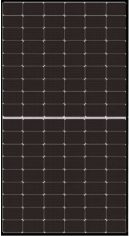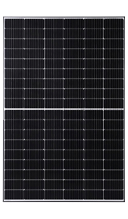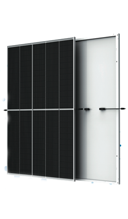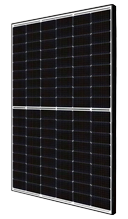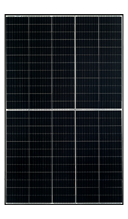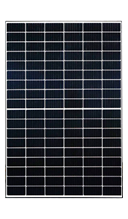Temperature Coefficient: Which Solar Panels Are Most Heat-Resistant?
Last Updated: 28th Jul 2025
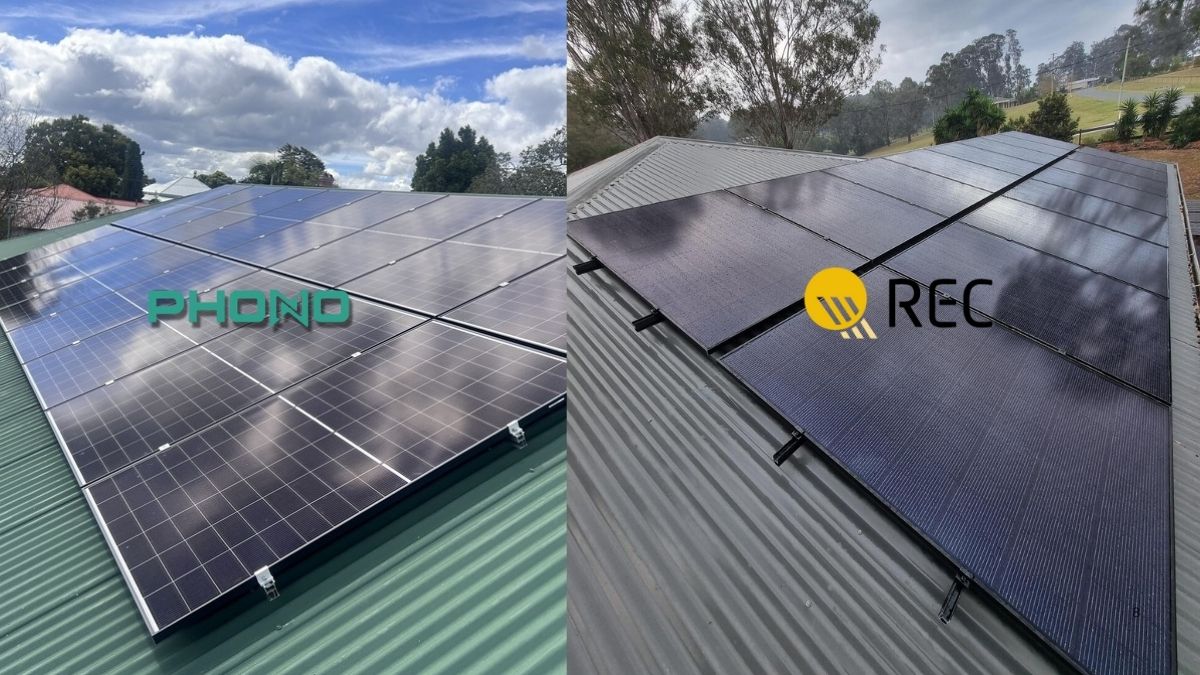
A solar panel’s temperature coefficient (Pmax) measures the loss in power output when the panel gets hot. Solar panels love sunshine, but they hate heat – as they heat up, they produce a little less power. The temperature coefficient is expressed as a negative percentage per degree Celsius (°C), and it’s measured relative to a solar panel temperature of 25°C.
The Most Heat-Resistant Solar Panels Available
This table ranks solar panels by how well they handle heat, from the best temperature coefficient to the worst. For more specifications on these models, see our solar panel comparison table.
Table of Contents
- The Most Heat-Resistant Solar Panels Available
- Understanding Solar Panel Temperature Coefficient (Pmax)
- Why Heat Hurts Panel Output
- What Is a Good Temperature Coefficient?
- P-Type vs N-Type Panels – Who Handles the Heat Better?
- Example Calculation: -0.24% vs -0.35% in a Hot Climate
- When Is a Low Pmax Worth Paying Extra For?
Understanding Solar Panel Temperature Coefficient (Pmax)
For example, a coefficient of -0.35%/°C means for every degree the panel’s cells go above 25°C, the panel’s output power falls by 0.35%. Crucially, this is based on the panel’s temperature, not the air temperature – on a 25°C day your dark panels might be much hotter. In short, Pmax quantifies how much a panel’s efficiency is reduced by each degree of heat. The further the number is from zero, the greater the loss – so a Pmax of -0.35%/°C is worse than -0.25%/°C.
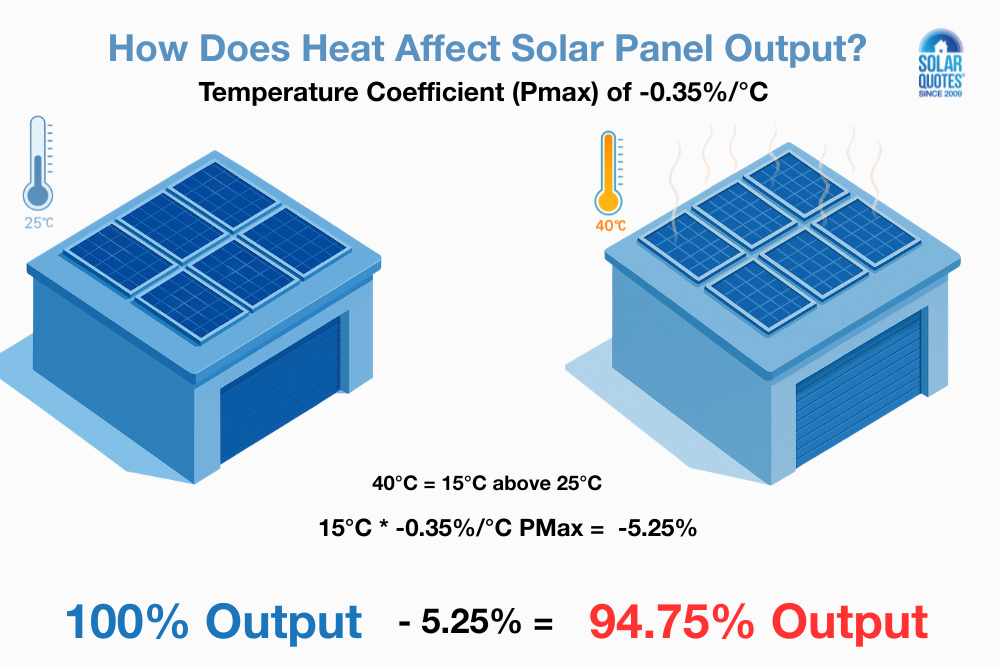
Why Heat Hurts Panel Output
Why do solar panels produce less power when they get hot? It comes down to basic physics: higher temperatures reduce the voltage of a solar cell, cutting its efficiency. In plain English, heat makes the solar cells a bit “lazy”, so they don’t work quite as hard converting sunlight to electricity.
This effect is small and linear – a few percent difference on a very hot day – but it’s measurable. For example, if a panel is 20°C hotter than the 25°C reference, and has a Pmax of -0.4%/°C, it will lose about 8% (= 20°C x 0.4%) of its output due to that heat. The flip side is that on cold sunny days, panels can actually perform slightly better than their rated output (because if cell temperature is below 25°C, the same coefficient means a gain). But since Australian rooftops often get pretty toasty, it’s the drop in output with heat that we care about. The key point: when panels heat up, they become a tad less efficient, so you might see a bit less power on a scorching afternoon than on a mild day at the same sun intensity.
What Is a Good Temperature Coefficient?
Solar panel tech has improved, and temperature coefficients have gotten better (i.e. less negative) over the years. In the mid-2010s, -0.4%/°C was a typical value for decent panels. These days, many modern panels are around -0.30 to -0.36% per °C, and the very best panels boast figures in the mid -0.20s. Anything around -0.3% per °C or lower is considered a good (low) temperature coefficient.
Pro-tip: When you are tossing up between two panels with the same temperature coefficient, another heat-related panel metric that can serve as a tie-breaker is the Nominal Operating Cell Temperature (NOCT). The lower a panel’s NOCT, the better.
Leading the pack are the REC Alpha Pure series and Phono Solar’s Helios Clear with a standout Pmax of just -0.24%/°C. However, REC edges out Phono with a slightly better NOCT, making the it the most heat-resistant solar panel in our comparison table.
Close behind is the Aiko Neostar 2P, clocking in at -0.26%/°C — still excellent, and well above average.
By contrast, budget or older-design panels might be around -0.35% to -0.38%/°C. In practical terms, the difference between -0.24 and -0.35 is only a few percentage points of output on a very hot day, but it can add up in consistently hot climates.
Bottom line: a “good” temperature coefficient is anything in -0.24 to -0.3%/°C range, while anything worse than about -0.35% is a bit on the high side by today’s standards. All else being equal, you’d prefer a panel with a lower (less negative) Pmax value. But if you live in Hobart, you might care less about Pmax than if you live in Alice Springs.
P-Type vs N-Type Panels – Who Handles the Heat Better?
There are two main types of solar panels out there: P-type and N-type. Without diving too deep into the science, all you need to know is this:
N-type panels generally handle heat better.
That’s because they’re made with slightly fancier materials that don’t lose as much efficiency when things get hot. Most of the best-performing panels in our table above — like the Phono Solar Helios and REC Alpha — are N-type, and that’s part of the reason why their temperature coefficients are so low.
Example Calculation: -0.24% vs -0.35% in a Hot Climate
Let’s look at a hot climate scenario. Imagine two 400W solar panels installed side-by-side: Panel A has a temperature coefficient of -0.24%/°C (excellent), Panel B -0.35%/°C (more ordinary). On a sweltering day when the panel temperature hits 60°C, Panel A would lose 8.4% of its power, Panel B 12.25% — a difference of 16 watts. Over five sunny hours, that’s about 0.08 kWh more output from the more heat-resistant panel. Not earth-shattering, but not nothing either.
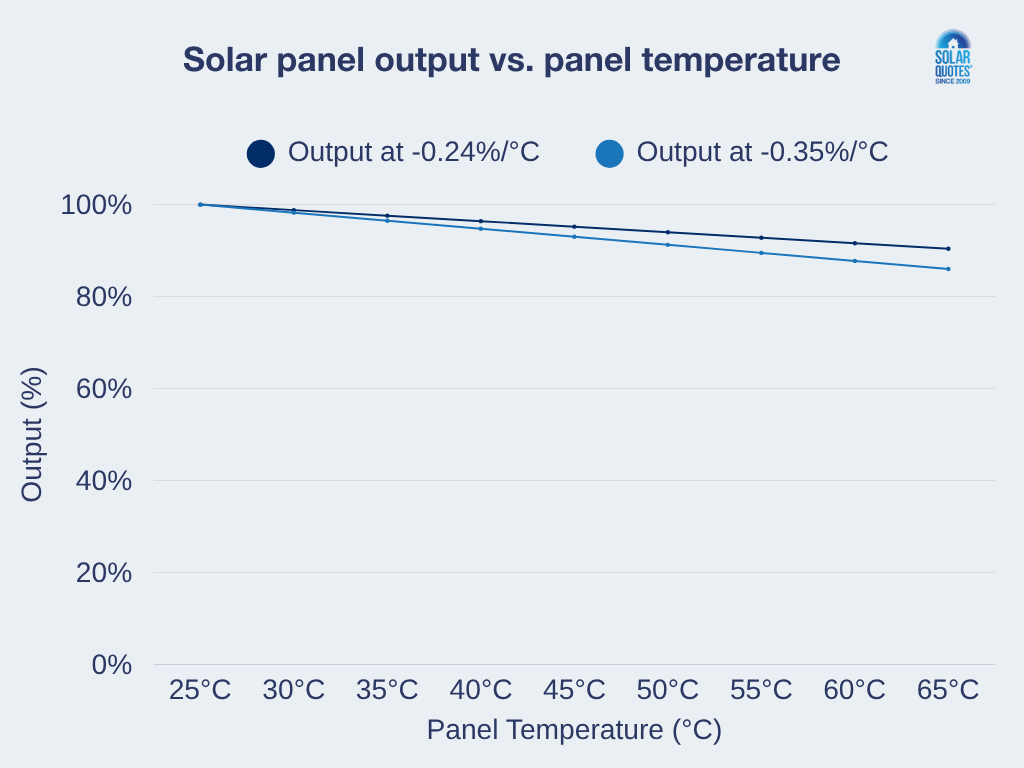
But let’s zoom out. That hot 60°C day isn’t typical — it’s the extreme. In sunny places like Perth, the average panel temperature across the year is likely closer to 42°C once you factor in cloudy days and lower ambient air temperatures. That’s only 17°C above the 25°C reference, so:
- Panel A (-0.24%/°C): 17 × 0.24 = 4.08% loss. Delivers ~383.7W of its rated 400W.
- Panel B (-0.35%/°C): 17 × 0.35 = 5.95% loss. Delivers ~376.2W.
That’s a difference of under 2% in average output. And that gap gets even smaller in cloudier cities like Melbourne, where average panel temperatures are lower.
Bottom line: The best and worst panels in our table differ by less than 1.5% in heat-related output. Most people will be choosing between panels that differ by 1% or less. So while a low Pmax is a nice bonus — especially in hot climates — it shouldn’t be the only factor you consider.
When Is a Low Pmax Worth Paying Extra For?
At this point you might wonder: should I pay more for panels with a better temperature coefficient? The answer is “it depends” on your situation and priorities. Here’s some advice:
- Hot Climate or Hot Roof? If you live in a very hot area or your panels run hot (e.g. flush-mounted on a tin roof), a low Pmax panel can be worth the premium.
- Mild Climate or Plenty of Roof Space? If heat extremes are rare or you have extra space to add panels, a few percentage points of heat loss isn’t a big deal – you could simply install one or two extra panels.
- All Else Being Equal… Temperature coefficient is a great tie-breaker. If two panels cost the same, choose the one with the better Pmax.
- Don’t Overspend for Tiny Gains: The real-world gains are modest – a few dollars saved per panel each year. Weigh that against the extra cost of premium panels before committing.
Related Guides and Resources
- Solar Panel Comparison Table: Compare specs, prices, and warranties of Australian solar panels by degradation rate, efficiency, cost and more.
- Solar Panel Reviews: Independent reviews and customer ratings for dozens of panel brands available in Australia.
- Most Efficient Solar Panels: Learn about the highest efficiency panels on the market today.
- Longest-Lasting Solar Panels: Compare the longest-lasting solar panels available in Australia and understand degradation rates in performance warranties.
- Best Solar Panels: Insights from Aussie installers on top panel brands for performance, reliability and value.
- Beginner’s Guide to Solar Panels: Everything you need to know about buying and installing solar panels in Australia.
